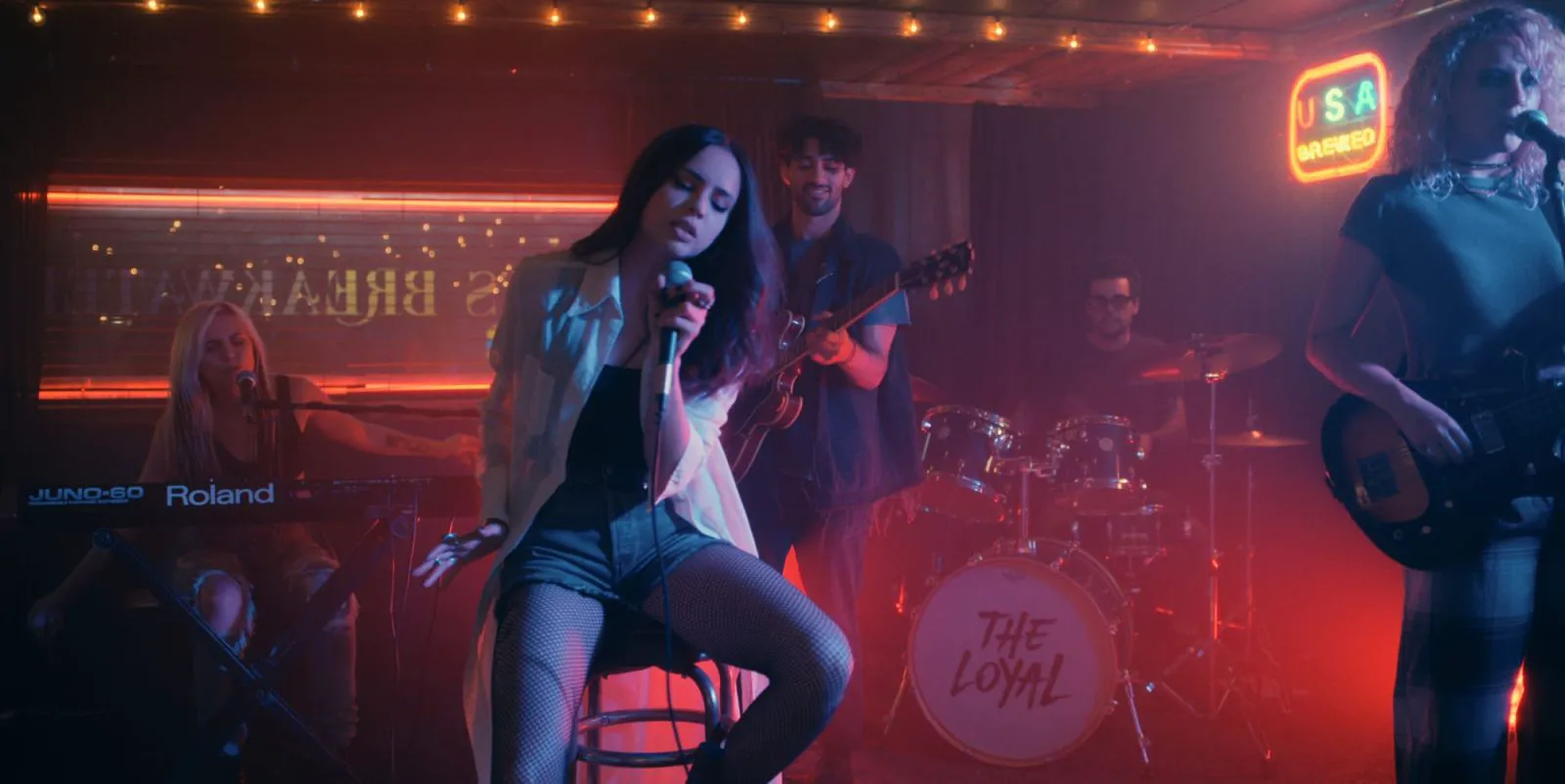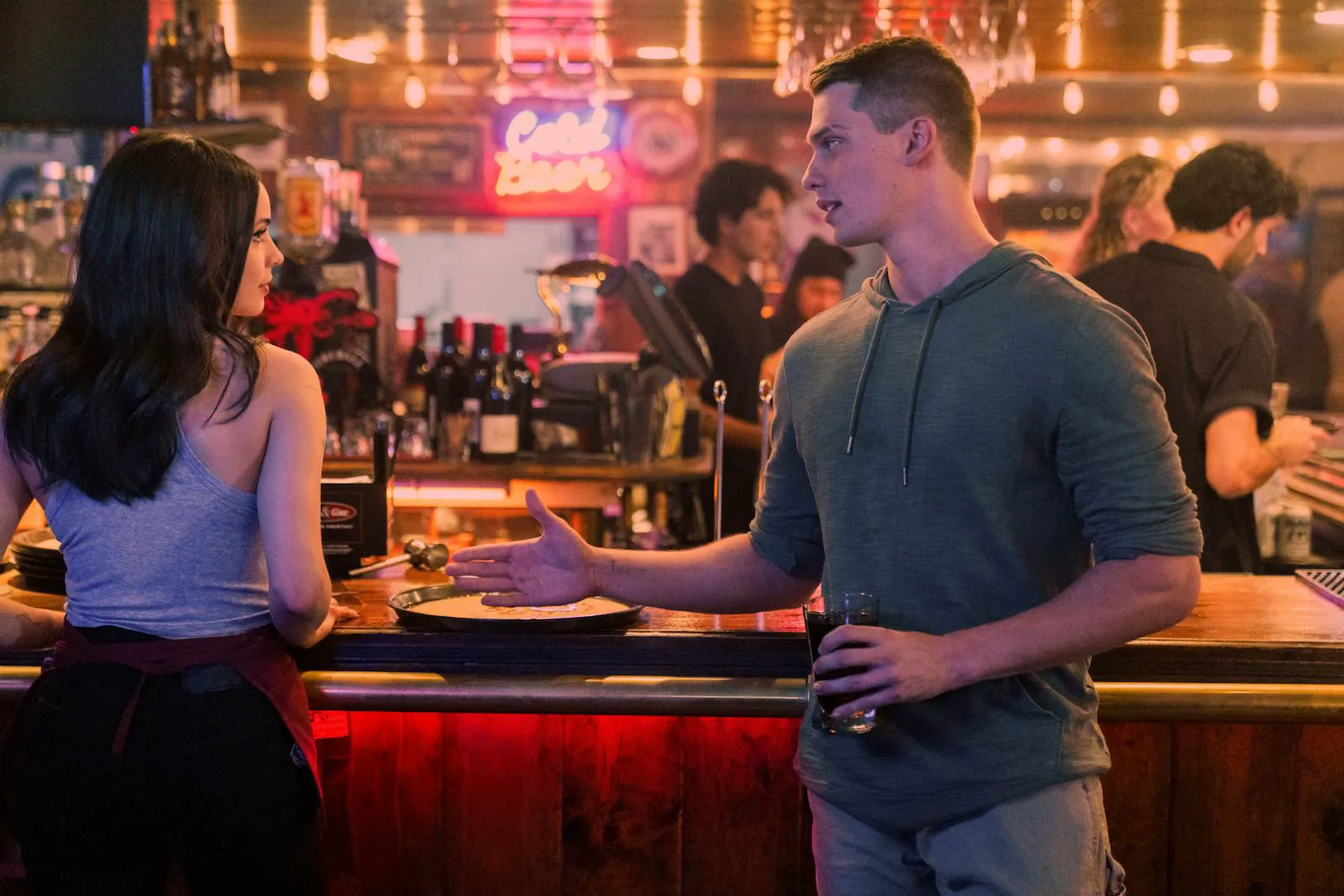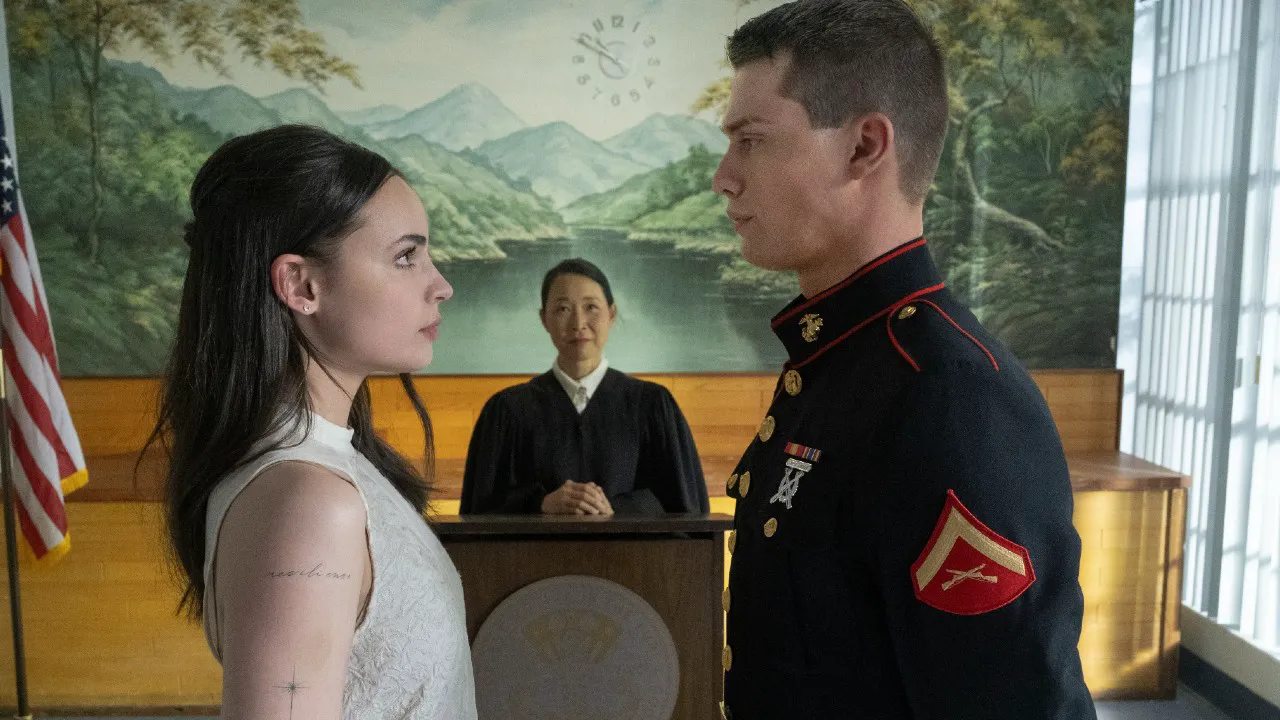Purple Hearts: A Modern Romance with a Socially Conscious Core
The biggest streaming platform on the planet frequently funds modest, popcorn-friendly romantic projects. These are the kind of movies you can enjoy with a glass of wine, a huge tub of ice cream, or when you’re simply in the mood for something light and undemanding. These films often feel remarkably similar, excessively absurd, and saccharinely sweet – essentially, your typical Hallmark Christmas movies. However, with summer still lingering, the craving for melodrama is starting to creep in. “Purple Hearts” attempts to offer that, but with a twist.
A Marriage of Convenience with Unexpected Depth
The story centers on Cassie, a young woman and daughter of an immigrant, who works as a waitress and occasionally writes songs for her band. Six months prior to the film’s events, she was diagnosed with diabetes, but her insurance doesn’t cover insulin, forcing her to live paycheck to paycheck. One day, she meets Luke, a Marine, just two weeks before he’s set to begin his service. This encounter sparks a plan in Cassie’s mind: to take advantage of the privileges afforded to a military wife. However, their sham marriage evolves into something more profound.

Sofia Carson as Cassie in a still from “Purple Hearts”
At first glance, the premise seems overly familiar – how many Hollywood (and international) films exist with the same setup and guaranteed happy ending? You might even joke that some adult films start the same way. Yet, despite the “marriage of convenience” plot that feels straight out of fanfiction, director Elizabeth Allen (known for directing episodes of “Why Women Kill,” 2019) and screenwriter Liz W. Garcia (“Dawson’s Creek,” 1998-2003) strive to distance themselves from typical melodramatic tropes. “Purple Hearts” presents itself as a romance on the surface, but beneath it lies a deep social drama about contemporary America.

Nicholas Galitzine as Luke in a still from “Purple Hearts”
Beyond Romance: Social Commentary in “Purple Hearts”
The film opens with a musical performance in the bar where Cassie works, reminiscent of the typical prologue in any “American dream” or “rise to the top” story. Just as the viewer is about to roll their eyes, a counter-argument emerges: a mention of the poor state of healthcare in the U.S., high drug prices, and the appalling treatment of immigrants. This is all underscored by feminist remarks, even though the filmmakers couldn’t have foreseen that some states would ban abortions by the time the film was released. Thus, Cassie is not your typical romantic heroine: she has a sharp tongue, is reasonably direct, and knows how to stand up for her rights, even though society constantly throws obstacles in her path. She also doesn’t understand the lives of ordinary office workers and top managers, preferring to write songs from the heart. Marriage, husband, children, family – these values simply aren’t for her, but fate brings her together with Luke.
These are the modern realities, where a marriage of convenience is commonplace. Of course, it’s convenient in many cases, but for the wife of an American soldier, the outcome is even better. Cassie desperately needs insulin to live comfortably, so she’s happy to take advantage of all the opportunities that the state she despises offers after marriage. Luke also benefits, as he carries a significant debt from his troubled past. Does this sound like your typical feel-good melodrama? The answer is no.

Sofia Carson as Cassie in a still from “Purple Hearts”
The Symbolism of Purple
The color purple can be seen as a combination of red and blue, the colors used by the Republican and Conservative parties in the United States. Cassie represents the immigrants that the Trump administration, with its open racism, wanted to get rid of. Luke, on the other hand, is on the opposite side of the barricades, going to “defend” that government in an unfamiliar land. Why, for what, how – he and the other soldiers continue to be told stories about fighting terrorism, but more and more young people are dying.
Luke and Cassie are modern-day Romeo and Juliet, whose love is impossible on a deeper level, not just due to a conflict between two families. It’s a real chasm between modern U.S. residents who are unwilling to take a step towards each other. But the main characters of this film were able to come up with a new, third color for themselves, and that is purple.